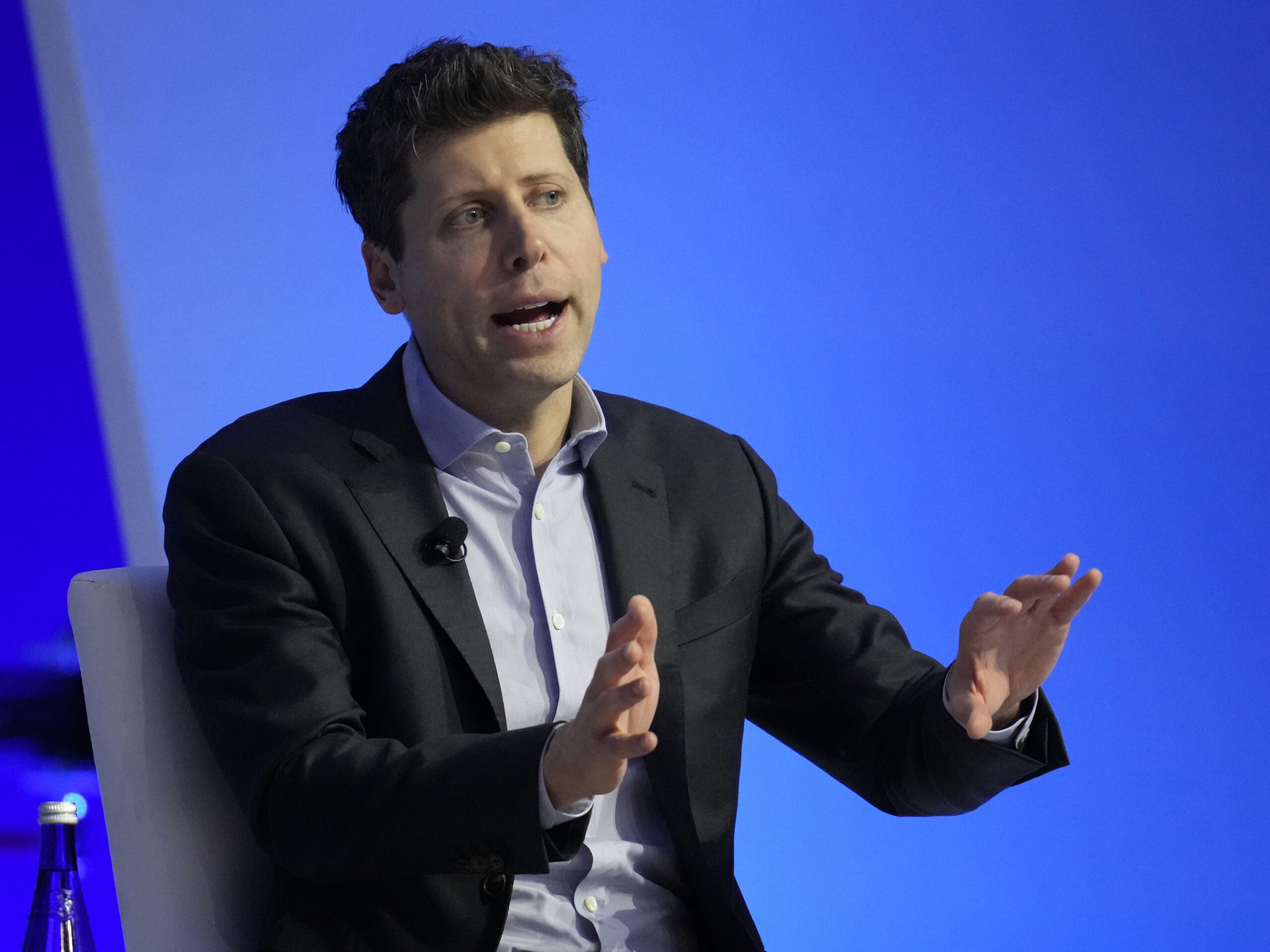Amazon, long known for its e-commerce empire and Alexa AI assistant. Has introduced a powerful new voice model called Nova Sonic. Unlike previous offerings, this one isn’t just for consumers. Nova Sonic is now available to developers via Amazon’s Bedrock platform, giving third-party apps the ability to carry out fluid, real-time conversations using a bi-directional streaming API.
Parts of Nova Sonic are already built into Alexa’s latest model, Alexa+, including its speech encoder and synthesizer. But Nova Sonic goes beyond what Alexa was designed for. It’s a foundational tool for businesses looking to add voice-driven intelligence to their platforms, whether for customer support, education, entertainment, or more.
One of the big challenges for voice AI has always been the patchwork of systems needed to make it work. Speech recognition, language understanding, and speech synthesis were often separate tools. That made for robotic user experiences and high development complexity. Nova Sonic changes that. It fuses all three into a unified system that handles not just what’s said, but how it’s said — capturing tone, rhythm, and emotion to mimic human conversation.
According to Amazon AGI chief Rohit Prasad, the model’s ability to interpret live dialogue — including interruptions and hesitations — helps it maintain coherence throughout any interaction. This is especially valuable for use cases like customer service, where responsiveness is key.
Nova Sonic also integrates easily with other tools. It automatically transcribes voice input, which developers can then connect to their internal systems or APIs. This makes it ideal for building voice agents that can schedule appointments, look up account information, or respond to complex questions — all while sounding natural and human.
In testing, Nova Sonic outperformed other real-time voice models. On single-turn conversations in American English, it beat Google’s Gemini Flash 2.0 nearly 70% of the time and OpenAI’s GPT-4o slightly over half the time. Its edge held up across other accents and gendered voices.
It also proved superior in tough conditions. In multilingual tests, Nova Sonic delivered significantly fewer errors than GPT-4o Transcribe. And in noisy, multi-speaker environments, it reduced word error rates by nearly 47%.
While its current strength lies in American and British English, Amazon says support for more languages and regional accents is on the way. Expressive voices are already available in both masculine and feminine styles, with more customization options expected in future releases.
What really sets Nova Sonic apart, though, is its low latency and affordability. Users experience less than 1.1 seconds of delay — faster than both GPT-4o and Gemini Flash — and Amazon claims the model is up to 80% more cost-effective than rival real-time systems. That combination of performance and price is helping it gain traction with enterprise customers.
Early adopters include contact center platform ASAPP, language learning company Education First, and sports data giant Stats Perform. Each is leveraging Nova Sonic’s speed, reliability, and flexibility to improve user experience and operational efficiency.
Amazon also emphasized responsible AI practices in Nova Sonic’s release. The model includes built-in safety features and restrictions to prevent misuse, such as unauthorized voice mimicry. Documentation outlines acceptable use cases and provides transparency around how the system works. Amazon says its standards for quality and trust are high — especially in voice, where mistakes or hallucinations can erode confidence.
Nova Sonic is now available through Amazon Bedrock for developers ready to bring voice-driven AI to their platforms. More information is available at https://aws.amazon.com/nova.












